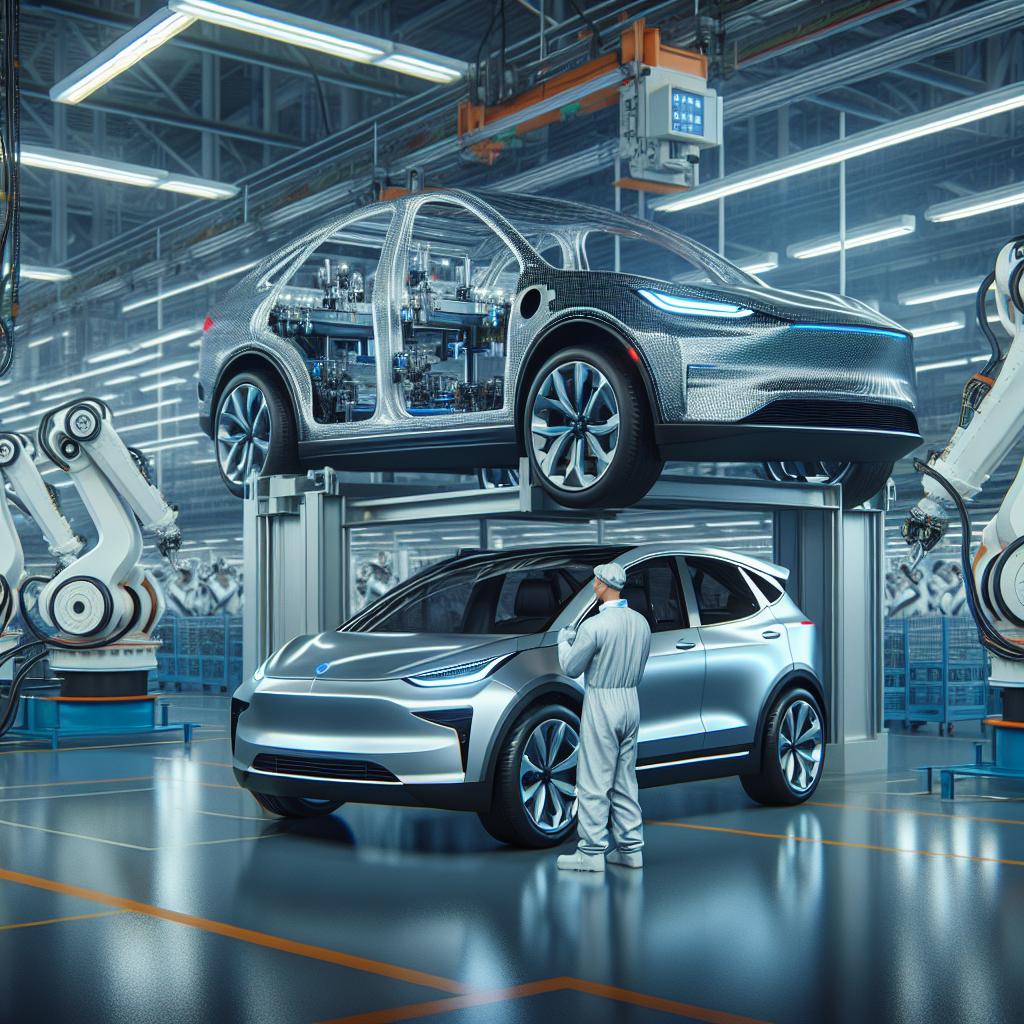-
Summary
- 2025-06-27 13:28

The intersection of geopolitics and business strategy has become increasingly pronounced in the global automotive landscape, particularly focusing on US automakers’ engagement in China. Major players like General Motors, Tesla, and Ford have established themselves significantly within the Chinese market through considerable investments and operational frameworks. Despite existing geopolitical frictions between Washington and Beijing, these corporations face challenges related to fluctuating trade regulations and diplomatic upheavals. Analysts underscore the necessity for continuous observation of these firms' strategic maneuvers and adaptability in response to shifting international political climates. Such vigilance can provide insights into how these companies might navigate uncertainties while maintaining competitive edges in one of the world's largest markets.
Technological innovation and market reactions offer a contrasting yet complementary view of the current scenario. Xiaomi’s swift achievement with its first electric SUV demonstrates robust consumer enthusiasm towards groundbreaking automotive technologies. Selling out 200, 000 units within mere minutes signifies not only successful marketing but also a burgeoning acceptance of eco-friendly vehicles. Concurrently, Elon Musk’s decision to part ways with his top executive vice president at Tesla indicates dynamic leadership adjustments within influential tech enterprises. These managerial shifts often reflect broader trends in organizational restructuring aimed at fostering innovation and efficiency. Observing these patterns helps understand the evolving nature of corporate governance and its impact on product development cycles and market positioning.
Meanwhile, the South Korean semiconductor industry exemplifies sustained economic prowess and technological advancement. SK Hynix stands out with its anticipated near-quarterly earnings surpassing 9 trillion won, driven primarily by its expertise in High Bandwidth Memory (HBM). This segment’s prominence underscores the critical role specialized technology plays in bolstering financial outcomes. Although specific event details were sparse, visual cues from reports hint at ongoing discussions around pivotal occurrences shaping market conditions and technological evolution. Keeping abreast of these developments provides valuable perspectives on how leading sectors contribute to overall economic stability and growth.
The analysis focuses on how major American automotive companies such as General Motors (GM), Tesla, and Ford have significant exposure in the Chinese market. Reports from Bangkok Post and ETODAY highlight that these companies stand out among their peers due to their substantial investments and operations in China. Despite ongoing geopolitical tensions between the United States and China, these carmakers remain vulnerable to potential disruptions caused by trade policies or diplomatic conflicts. Both sources emphasize the importance of monitoring these companies' strategies and resilience amidst evolving international relations.
In recent developments, Xiaomi achieved significant success with its inaugural electric Sports Utility Vehicle (SUV), selling out 200, 000 units within just three minutes upon release. This rapid sale reflects high market demand and consumer interest in innovative automotive products from Xiaomi. On another front, Tesla CEO Elon Musk faced internal restructuring as he dismissed his closest executive vice president. Both events highlight shifts within major tech companies, showcasing dynamics in product launches and corporate management changes.
The South Korean semiconductor industry continues to show significant economic performance with SK Hynix nearing an impressive quarterly operating profit of approximately 9 trillion won. This success is attributed largely to its specialization in High Bandwidth Memory (HBM), which remains advantageous for the company.
In addition to financial milestones, recent news highlights focus on notable developments within the tech sector. Despite having titles without detailed descriptions available, images from these articles suggest ongoing coverage of relevant events impacting both market dynamics and technological progress.